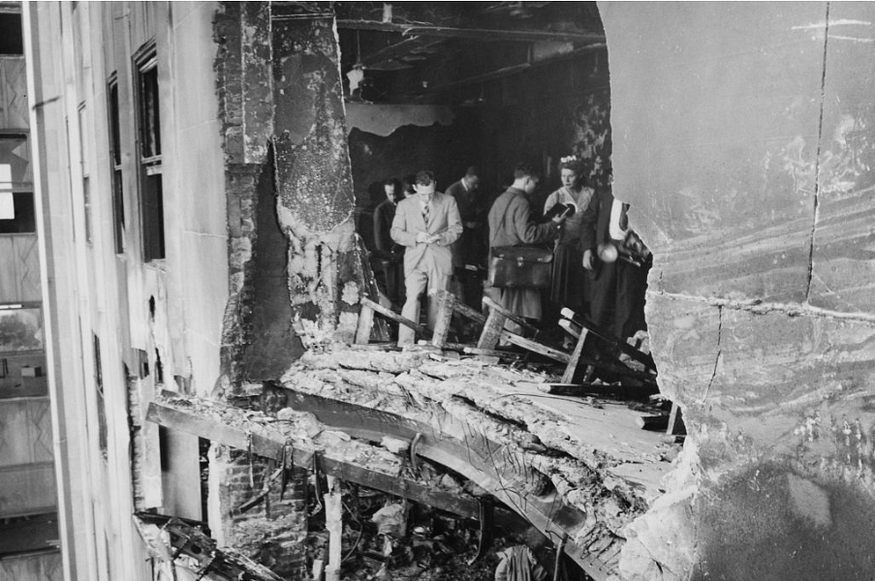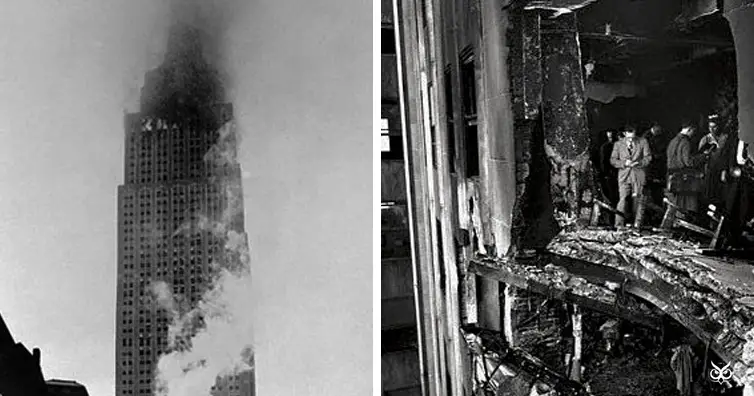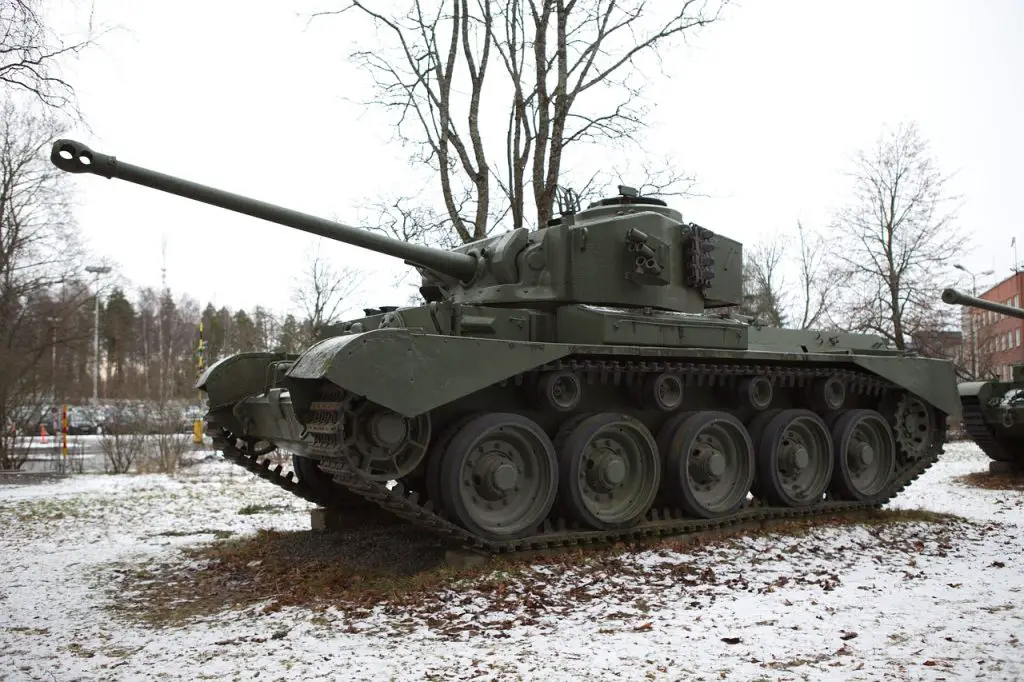 istory always presents itself to be full of events that most of us are unaware of. Every day is a new day to learn about our past and the things that occurred. You may think you know the history of your hometown but there may always be things forgotten by many and only remembered by a few. This also applies to this event.
istory always presents itself to be full of events that most of us are unaware of. Every day is a new day to learn about our past and the things that occurred. You may think you know the history of your hometown but there may always be things forgotten by many and only remembered by a few. This also applies to this event.
On the morning of July 28, 1945, pilot William Franklin Smith Jr. was at the helm of a B-25 Mitchell bomber on a routine mission, transporting personnel between the Bedford (Massachusetts) airbase and Newark Airport in New York. When he asked for permission to land, visibility was virtually zero. The pilot was disoriented by the thick fog. The plane passed the Chrysler building and the pilot had to turn left to prepare for landing but turned right which proved to be a fatal mistake.
Speculations of an enemy Attack

Before any investigations had been done, many people who witnessed the event thought that this wasn’t an accident but actually an attack by the Japanese. If this event were to happen a month later, after the nuclear attacks on Hiroshima and Nagasaki, this would have made much more sense. Even so, the war in the Pacific was still tense and nothing was impossible, but at the same time going over the naval defenses undetected would be really impressive.
At 9:40 A.M. the aircraft crashed into the north side of the Empire State Building which hit the new War Relief Society offices within the building as well as the National Catholic Welfare Council. Immediately on impact, Lieutenant William, co-pilot Staff Sergeant Christopher Domitrovich, and Navy Aviation Machinist’s Mate Albert Perna passed away.
A tragic accident
By the end of the day, 14 more people within the building had died, but the number of fatalities on impact is unsure. Due to the impact, big chunks of rubble fell onto the overcrowded street full of pedestrians. Many were injured and 11 died.
Both engines of the plane came off after the impact. The first engine crossed the entire building, exited through the opposite wall, and fell on the roof of a neighboring building. The second engine and the landing gear fell into the well of an elevator, causing a fire that was extinguished after 40 minutes.

The damages caused by this accident were estimated at around one million US dollars at the time. If we were to add the inflation this would add up to 14 million US dollars today. Due to the incredible architecture of the building, its structural integrity was not compromised.

America and most people of New York got a real feel for the reality of war and even with this being an accident, they treated it like it was an indirect hit from the war that was going on, making them rethink how blessed they were to actually not face World War II on the streets of New York and Central America.
This event wasn’t recorded that much by the media, nor remembered by people due to America still being busy fighting the Japanese in World War II. At the same time, even if it seemed quite impossible to do, the FBI wanted to hide this event from the media so that the country (especially the U.S. Army) would not get demoralized by the event.
Avid Writer with invaluable knowledge of Humanity!
Upcoming historian with over 30 million views online.
“You make your own life.”





